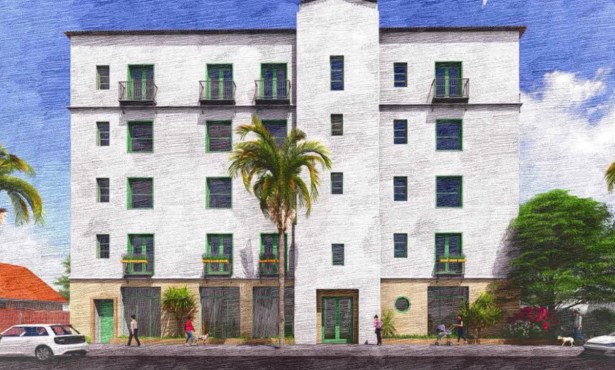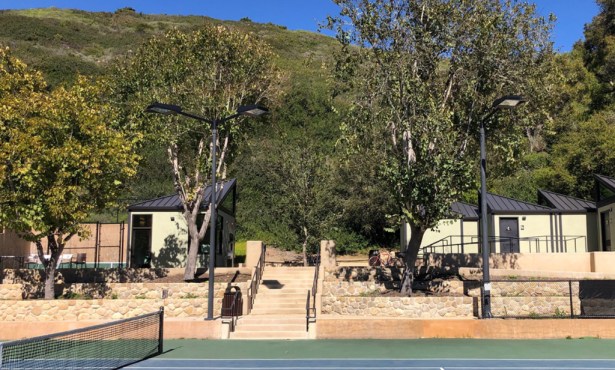Q:’What is the story of the wreck of the Santa Rosa?’
By Michael Redmon
During the early years of the 1900s, the most economical way to
move cargo was by ship, and California’s waters were inundated by
steamers moving goods and passengers up and down the coast. One
such steamship was the Santa Rosa, an ironclad more than 300 feet
long, displacing more than 2,400 tons. This veteran of the
California coastal route had been launched in Pennsylvania in 1884;
its years of faithful service would come to a tragic end on a
gloomy night in July 1911.
In the evening of July 6, the Santa Rosa was heading south on
its usual route from San Francisco to San Diego. It carried 78 tons
of cargo and about 200 passengers. At the helm was J.O. Faria, in
relief of the ship’s regular captain, who did not make the
voyage.
Any trip down the California coast could be hazardous due to the
possibility of high seas or fog, but it was the headland of the
Point Arguello/Point Conception area that presented a special
danger. It is here that the California coastline makes a sharp
change in direction from north-south to west-east. Ships here must
make the course correction to follow the coastline, avoid the
shoals of San Miguel Island, and safely steer into the Santa
Barbara Channel. Around the turn of the century, captains had only
a series of three lights to guide them through this part of the
trip, at Point Sur, Point Sal, and Point Arguello. The gloom of a
foggy night could render these lights virtually invisible to
searching eyes. Radio navigational aids were years in the
future.
Captain Faria later stated that, before retiring to get some
sleep, he left orders to be awakened once the Point Sal light was
sighted, so he would be ready to make the course adjustment off
Arguello and head the ship into the channel.
In the fog the crew missed the Point Sal beacon, the course
adjustment was not made, and Captain Faria was awakened in the
early morning hours of the 7th when the Santa Rosa ran aground near
the outlet of Honda Creek, just north of Point Arguello. The ship
was approximately two miles off course.
Faria used the newly installed innovation of the wireless to
contact the ship’s owners, and it was decided they should sit tight
until later in the day in the hopes that the high tide would float
the ship free. At that point, the seas were calm and the ship
appeared largely undamaged.
And so the hours passed. By late afternoon, high tide had
arrived but with it came strong winds and growing waves. The high
surf, instead of freeing the ship, began to wreak serious havoc. A
particularly large wave eventually lifted up the ship, smashing it
down on the rocks. The Santa Rosa began to break in two.
Frenzied efforts at evacuation now began, with rescue ships
standing by. The high seas created very dangerous conditions,
overturning life rafts, snapping lifelines, shredding life nets.
Four crewmembers died in the cold, turgid waters. Dozens more
people were injured.
The ship was virtually a total loss. Most of the cargo ended at
the ocean’s bottom, including two automobiles that washed
overboard. The remains of the ship still lie just off Honda Creek
near the surf line. A few days after the tragedy, the Santa Barbara
Morning Press reported there were plans to install a powerful new
light at Point Arguello. But it was too late for the Santa
Rosa.
The resting place of the Santa Rosa would once again become the
site of a maritime tragedy 12 years later. In September 1923, one
of the greatest peacetime disasters in the history of the U.S. Navy
took place, when seven destroyers ran aground. The rocks of Honda
had claimed yet more victims. Michael Redmon, director of research
at the Santa Barbara Historical Society, will answer your questions
about Santa Barbara’s history. Write him c/o The Independent, 122
W. Figueroa St., Santa Barbara, CA 93101.


